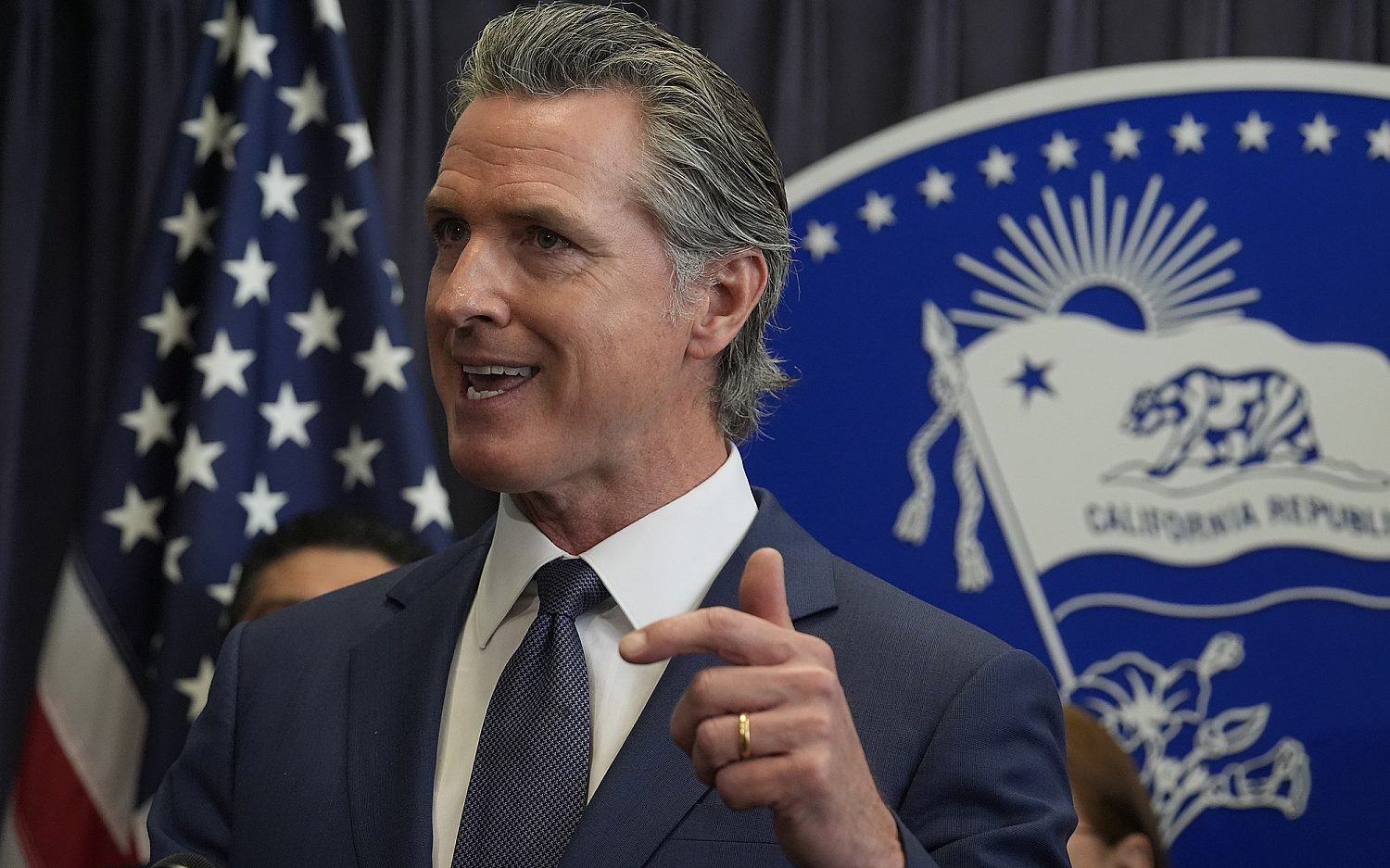Scientists grow a beating heart with adult stem cells
Worldwide, nearly 50,000 people are waiting for heart transplants. But donor organs are in short supply, and about 90 percent of those patients will not receive a heart. Even after a transplant, up to 80 percent of recipients will have at least one rejection episode during the first year, despite taking medication to reduce the risk.
But researchers at Massachusetts General Hospital have developed a method that scrubs away the components of a donor heart that could trigger an immune response and rebuilds the heart with stem cells derived from adult skin cells. In a transplant, those stem cells would come from the recipient’s own skin cells, further reducing the risk of rejection.
The study, published in Circulation Research, a journal of the American Heart Association, represents not only a big step in cardiac research but also serves “as vindication of those who have long advocated for the use of adult stem cells over embryonic ones, as both ethically responsible and medically beneficial,” Christopher White, director of research and education for the Center for Bioethics and Culture, wrote on the center’s blog.
The researchers used a detergent solution to strip living cardiac cells from 73 donated human hearts that were unsuitable for transplantation. When they scrubbed away those cells, they eliminated the white blood cells and antigens that can ignite an immune response and induce rejection.
But, like building a house, constructing a heart requires a structural scaffold on which to build. After the researchers stripped away the cardiac cells, the remaining cardiac architecture—the matrix of proteins and coronary vascular structures—was still intact.
Next, the hearts needed to be rebuilt with specialized cardiac cells. The research team used a new method to reprogram adult skin cells to create pluripotent stem cells that, like embryonic stem cells, can become nearly any cell type. The researchers reprogrammed them to become cardiac muscle cells called cardiomyocytes.
They reseeded about 500 million cardiomyocytes into the left ventricular wall of the donor hearts where they could repopulate. Then they mounted the hearts in an automated bioreactor system to simulate conditions within a living heart. When they applied electrical stimulation two weeks later, the hearts began to beat.
Regenerating an entire human heart is still several years away, the researchers said. First, methods to generate the cells must be improved to produce the tens of billions of cardiac cells needed for just one heart. Now they are studying other applications of the procedure.
“We are currently working on engineering a functional myocardial patch that could replace cardiac tissue damaged due a heart attack or heart failure,” Jacques Guyette, lead author of the study, said in a statement.
An actual newsletter worth subscribing to instead of just a collection of links. —Adam
Sign up to receive The Sift email newsletter each weekday morning for the latest headlines from WORLD’s breaking news team.





Please wait while we load the latest comments...
Comments
Please register, subscribe, or log in to comment on this article.